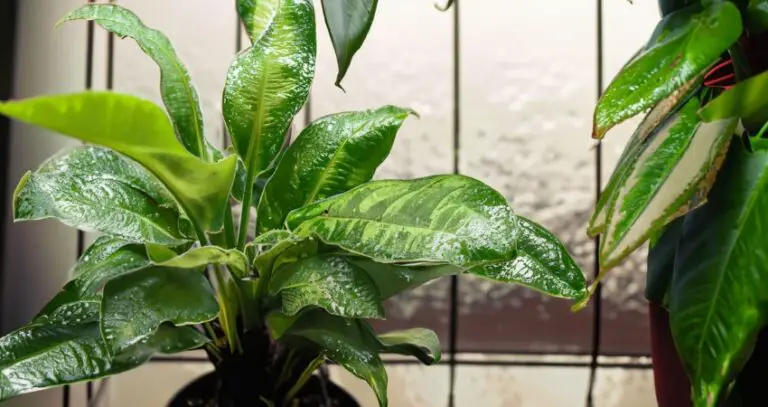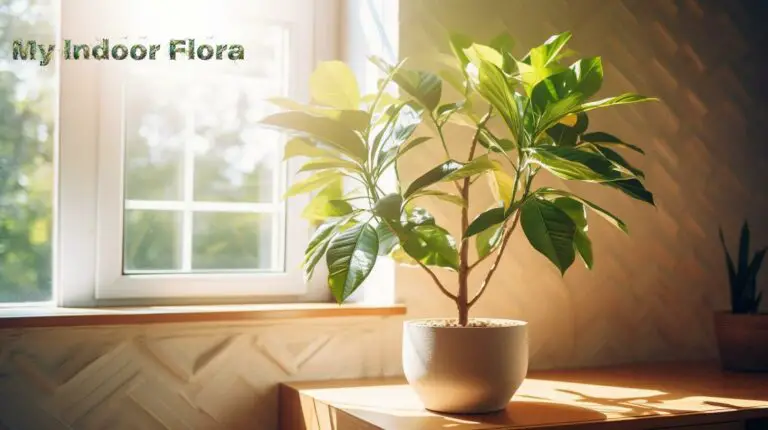Welcome to a journey into the delicate world of indoor plants, where the balance of temperature and humidity plays a vital role in nurturing the flora within your home. Like a symphony conductor, you must master the art of orchestrating the perfect conditions to create a harmonious environment for your botanical ensemble.
In this article, we shall explore the intricacies of temperature and humidity control, delving into the unique preferences of various plant species and how to cater to their specific needs.
We will discover the tools and techniques that can help you maintain a thriving indoor garden. Join us as we embark on this enlightening voyage, unlocking the secrets to cultivating a lush and flourishing indoor sanctuary.
Primary Factors Affecting Plant Growth
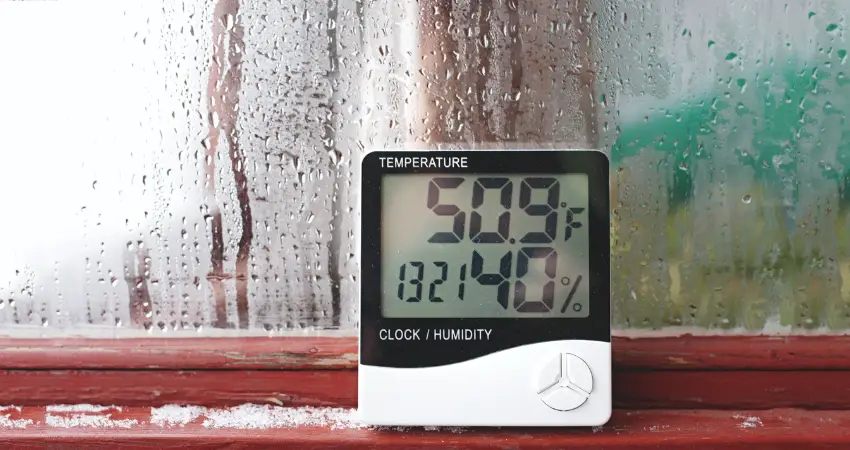
Temperature
Your indoor plants are affected by various factors such as temperature, which has a significant impact on their growth and development. In general, most indoor plants grow best between 70°F and 80°F during the day, and from 60°F to 68°F at night (University of Maryland).
Some plants, especially those that bloom, may prefer slightly cooler nighttime temperatures around 55°F to 60°F for optimal growth. Understanding your plant’s temperature preferences helps ensure its health and maintain its growth rate. Keep in mind that sudden temperature fluctuations can negatively affect your plants, so maintain a consistent temperature whenever possible.
Humidity
Humidity is another primary factor affecting the growth of indoor plants. Different plants have different humidity preferences; some thrive in higher humidity levels, while others prefer lower humidity environments. To maintain appropriate humidity levels for your plants, use a hygrometer to monitor your indoor environment. A good rule of thumb is to aim for an indoor humidity level between 40% and 60%, depending on your plant species.
Consider implementing strategies such as misting, using humidifiers, or placing water trays near radiators to help maintain consistent humidity levels. In addition, grouping plants together can also help maintain humidity levels, as plants can benefit from each other’s transpiration processes.
Ideal Temperature and Humidity Ranges
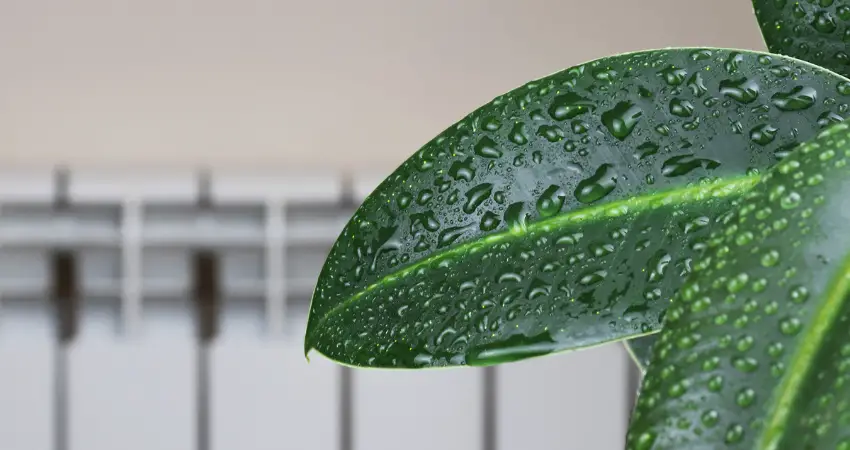
In this section, you will learn about the ideal temperature and humidity ranges for different types of indoor plants. These factors play a crucial role in maintaining the health and growth of your plants.
Temperature Requirements for Various Plants
Most indoor plants can tolerate typical temperature fluctuations in an indoor environment. In general, foliage indoor plants thrive best between 70° and 80°F (21°-27°C) during the day and from 60° to 68°F (16°-20°C) at night. Conversely, most flowering indoor plants prefer the same daytime range but grow best at nighttime temperatures of 55° to 60°F (13°-16°C).
- Tropical plants: Typically, these plants require higher temperatures, ranging from 70° to 90°F (21°-32°C) during the day and a minimum of 60°F (16°C) at night.
- Desert plants: These plants, including cacti and succulents, can tolerate a wider range of temperatures but prefer daytime temperatures of 70° to 85°F (21°-29°C) and nighttime temperatures of 55° to 60°F (13°-16°C).
- Temperate plants: These plants are generally comfortable with daytime temperatures of 60° to 75°F (16°-24°C) and nighttime temperatures of 45° to 55°F (7°-13°C).
Humidity Requirements for Various Plants
Indoor plants can have varying humidity requirements, but in general, maintaining humidity levels between 30% and 50% is suitable for most plants. Here’s a summary of common indoor plant types and their preferred humidity ranges:
| Plant Type | Preferred Humidity Range |
|---|---|
| Tropical Plants | 60% – 80% |
| Desert Plants | 10% – 30% |
| Temperate Plants | 30% – 50% |
It is essential to monitor the temperature and humidity levels in your indoor environment and adjust them accordingly for the specific needs of your plants. With careful consideration and management, you can successfully maintain a healthy and beautiful display of indoor plants.
Tools for Monitoring and Control
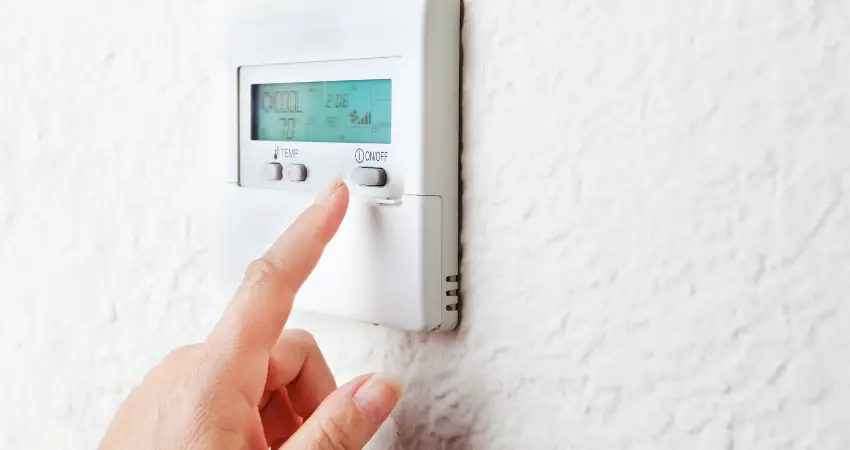
In this section, we will discuss various tools that can help you monitor and control temperature and humidity levels in your indoor garden. These tools are essential for creating the optimal environment for your plants. We will cover Thermostats, Hygrometers, Heating and Cooling Units, Humidifiers, and Dehumidifiers.
Thermostats
A thermostat is a device that measures the temperature in your indoor garden and helps maintain the desired temperature range. By installing a reliable thermostat, you can ensure that your plants are comfortable and growing at an optimal pace. These devices can be easily programmed and often come with smart features that allow you to remotely monitor and control the temperature of your grow space.
Hygrometers
Hygrometers are essential instruments for measuring the humidity levels in your indoor garden. They give you an accurate reading of the relative humidity, helping you maintain the right humidity range for your plants. Having a good quality hygrometer can help prevent problems like mold and pests, which can be caused by incorrect humidity levels.
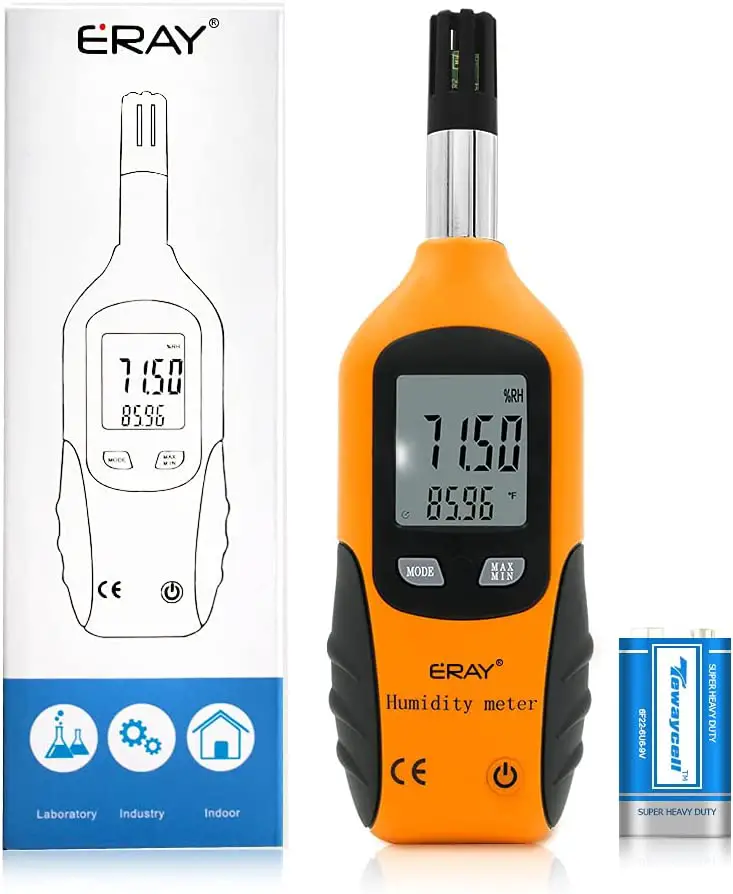
Some hygrometers also incorporate temperature sensors, such as the ERAY Psychrometer Hygrometer Thermometer, which can be convenient for monitoring both parameters in one device.
Heating and Cooling Units
To maintain optimal temperatures in your indoor garden, you might need heating and cooling units. These devices allow you to regulate the temperature, ensuring that your plants are not exposed to extreme temperature fluctuations that can harm their growth.
Depending on your needs, you may choose from portable heaters, vented propane heaters, air conditioning units, or even integrated heating and cooling systems designed specifically for indoor gardens.
Humidifiers and Dehumidifiers
Controlling humidity levels is crucial for the health of your indoor plants. Depending on the specific needs of your plants and the local climate, you might need to use humidifiers and/or dehumidifiers to maintain the ideal humidity range. Humidifiers add moisture to the air, while dehumidifiers remove excess humidity, keeping your plants’ environment balanced and conducive to healthy growth.
Consider the size, output capacity, and adjustable settings when selecting a humidifier or dehumidifier for your indoor garden. By using the right tools, you can create the perfect temperature and humidity conditions to ensure your plants thrive.
Tips for Temperature and Humidity Management
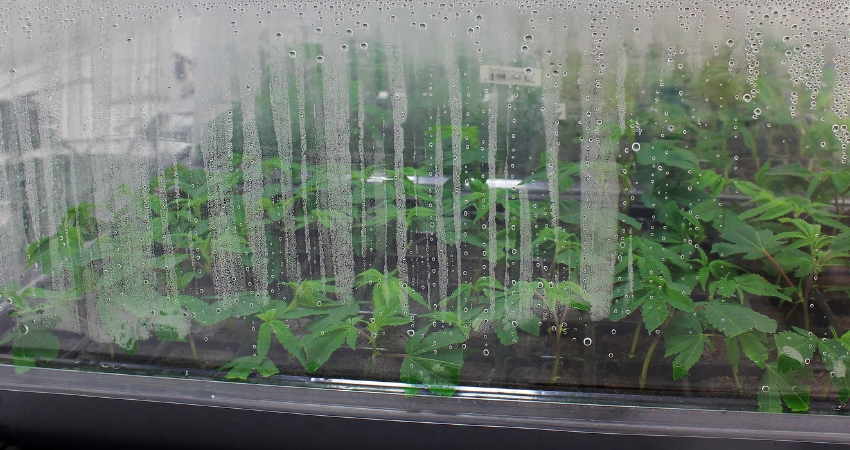
Managing temperature and humidity is essential for maintaining the health of your indoor plants. Here are some useful tips divided into four subsections to help you in controlling these two vital factors for your plants’ well-being.
Placement of Indoor Plants
Position your plants in areas where they’re protected from rapid changes in temperature and humidity. Ensure they’re away from heat vents, radiators, cold drafts, and direct sunlight. Keep in mind that night temperatures should be 10 to 15°F lower than day temperatures to induce physiological recovery and promote flowering.
Improving Air Circulation
Proper air circulation is crucial for maintaining the right temperature and humidity levels around your plants. Avoid overcrowding your plants, as this can result in uneven airflow and moisture distribution. Use oscillating fans to create gentle air movement around your plants; this will help in regulating temperature and humidity while preventing the buildup of mold and mildew.
Watering Practices
Be mindful of your plants’ watering needs, as this directly affects the humidity levels in your home. Overwatering can lead to high humidity, while underwatering can result in low humidity. Adjust your watering schedule according to the specific needs of your plants, their stage of growth, and the current season. Be sure to water your plants using room-temperature water to avoid shocking their root systems.
Also, consider the type of containers you’re using. Porous pots, such as terracotta, can help absorb excess moisture, while non-porous pots, like plastic, can retain water longer.
Methods
Here are some methods to adjust humidity levels in your indoor garden:
- To increase humidity: Place a humidifier near your plants, use a humidity tray, or group plants together to create a more humid microclimate.
- To decrease humidity: Use a dehumidifier, exhaust fans, or open windows when the outdoor air is less humid than the indoor air, as suggested by WikiHow.
Monitoring the humidity levels with a hygrometer and maintaining them between 30 and 50 percent, as recommended by the US EPA, will help ensure a healthy environment for your indoor plants.
Common Problems Associated with Temperature and Humidity
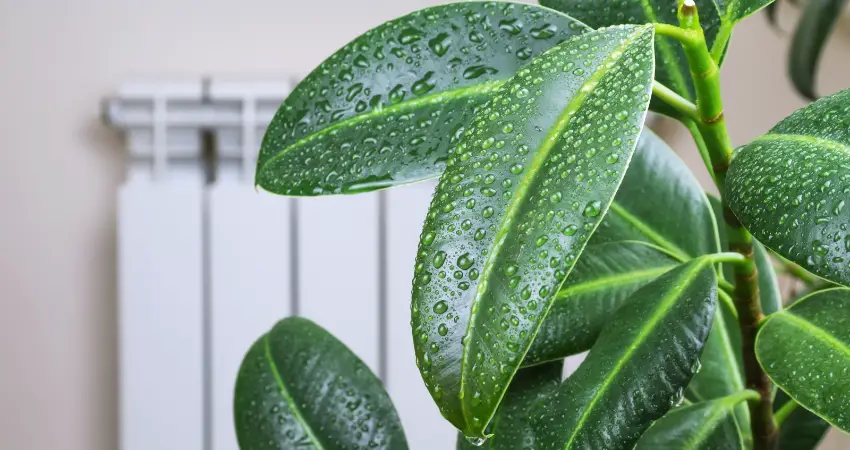
As an indoor gardener, you’ll encounter various temperature and humidity-related issues that can affect the health and growth of your plants. In this section, we’ll discuss common problems, how to identify them, and solutions to prevent them from occurring.
Identifying Issues
Some signs that your plants are struggling with temperature and humidity problems include:
- Yellowing, curling, or drooping leaves can indicate excessive heat, cold, or humidity.
- Root rot, mold, or mildew on the leaves or soil surface might suggest overly high humidity levels.
- Wilting, drying, and browning of leaf tips could be a sign of low humidity or extreme temperature fluctuations.
Monitoring the temperature and humidity in your growing space can help you detect and address such issues promptly. Consider purchasing a digital thermometer and hygrometer to keep an eye on the environmental conditions.
Solutions and Prevention
To address temperature and humidity problems, follow these guidelines:
| Problem | Solution |
|---|---|
| Overheating | Move your plants to a cooler, shaded area. Use a fan to circulate the air, or adjust your thermostat to maintain desired temperature. |
| Cold Temperatures | Consider using a space heater or adjusting your thermostat to keep the temperature within the recommended range. Ensure your plants are not near cold drafts, windows, or exterior walls. |
| High Humidity | Improve ventilation and air circulation using fans or an air exchanger. Remove standing water and empty saucers regularly. Use a dehumidifier if necessary. |
| Low Humidity | Place plants on a tray with pebbles and water to increase moisture, or group them together to create a microclimate. Consider using a humidifier to maintain desired humidity levels. |
By taking proactive measures to maintain optimal temperature and humidity levels, your indoor plants will thrive, and you can reduce the occurrence of common issues.
Bottom Line
In conclusion, mastering temperature and humidity control is crucial to maintaining a healthy and thriving indoor garden. By understanding your plants’ unique preferences and utilizing the appropriate tools and techniques, you can create an ideal environment for their growth. Embrace these principles and watch your indoor sanctuary flourish with vitality and beauty.

